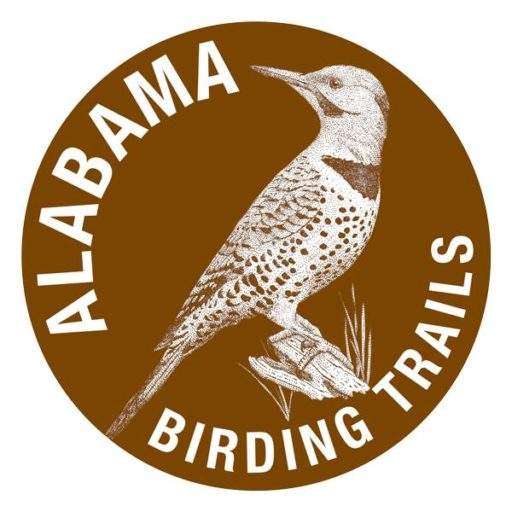Tags
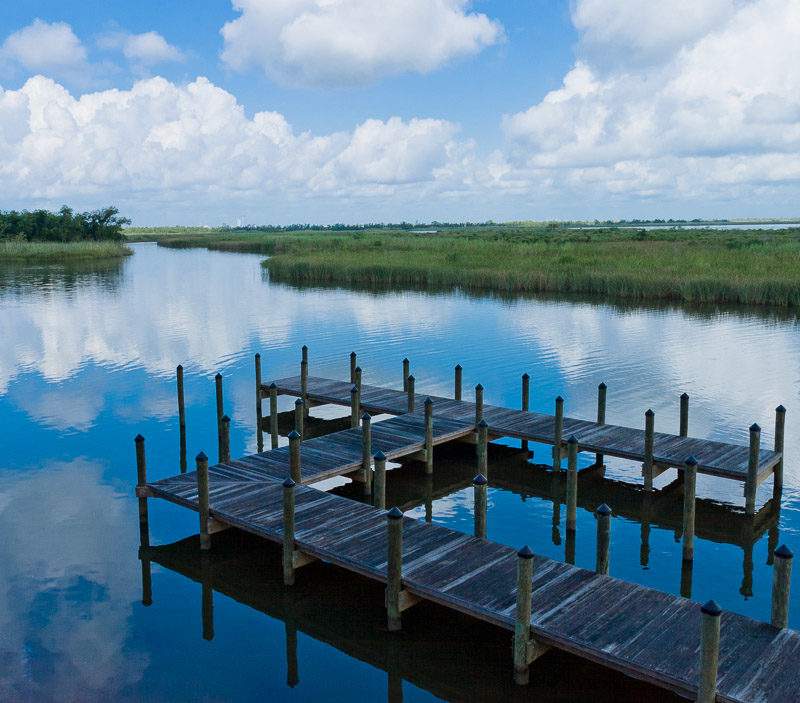
5 Rivers Delta Resource Center
5 Rivers sits on the banks of one of the canals that traverse the Mobile-Tensaw delta. The decks of the Delta Hall and the perimeter trail around the …
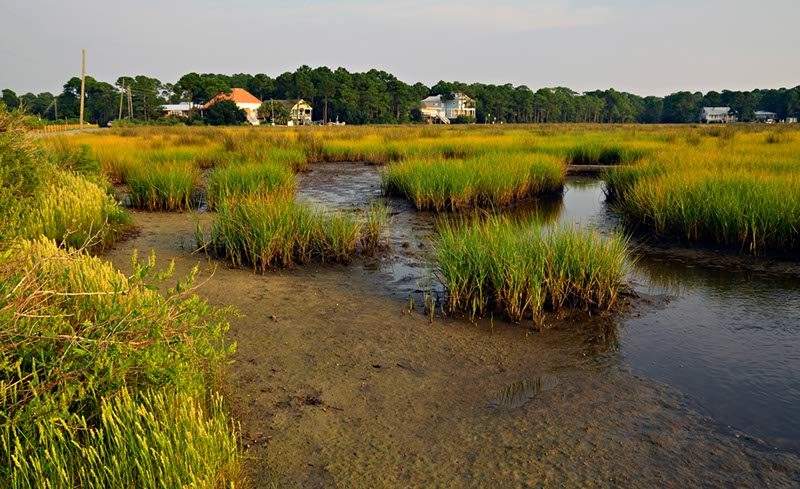
Airport, Dauphin Island
Dauphin Island Airport is set in a salt water marsh in which may be found Clapper Rail (common), Virginia Rail and Sora are fairly common(fall and win …
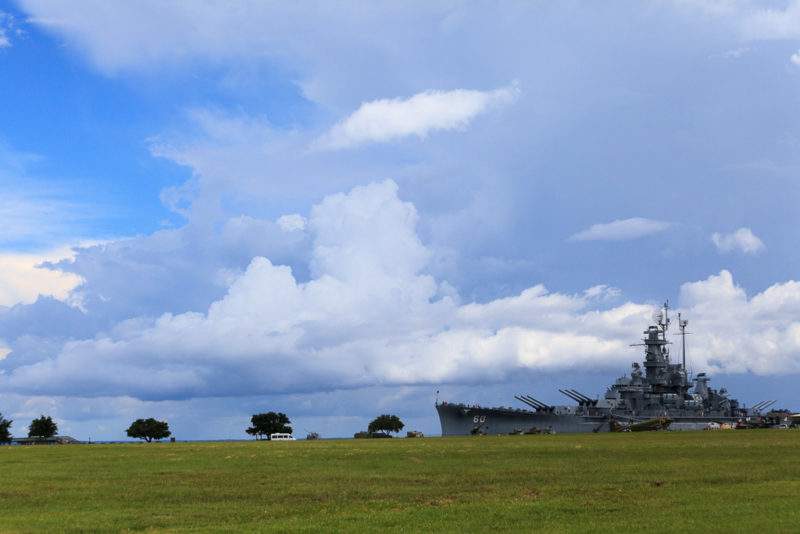
Battleship Park
Battleship Park presents the birder with a diversity of habitat to explore and a great variety of birds to observe. Pinto Pass and the mudflats of Mob …
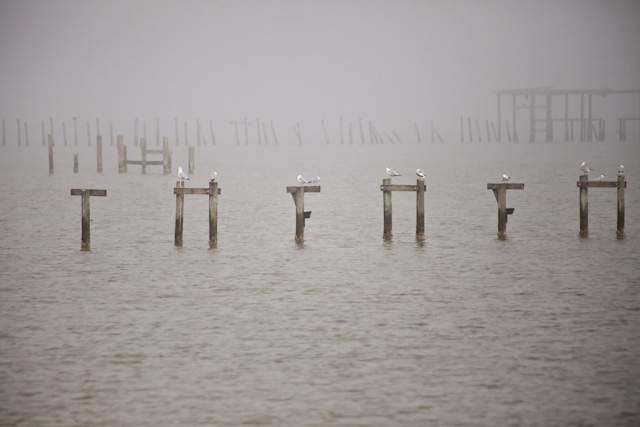
Bayfront Park
Look for gulls and terns on the pilings in the bay and shorebirds along the shoreline. From the shoreline, walk the boardwalk to an inland marsh. Look …
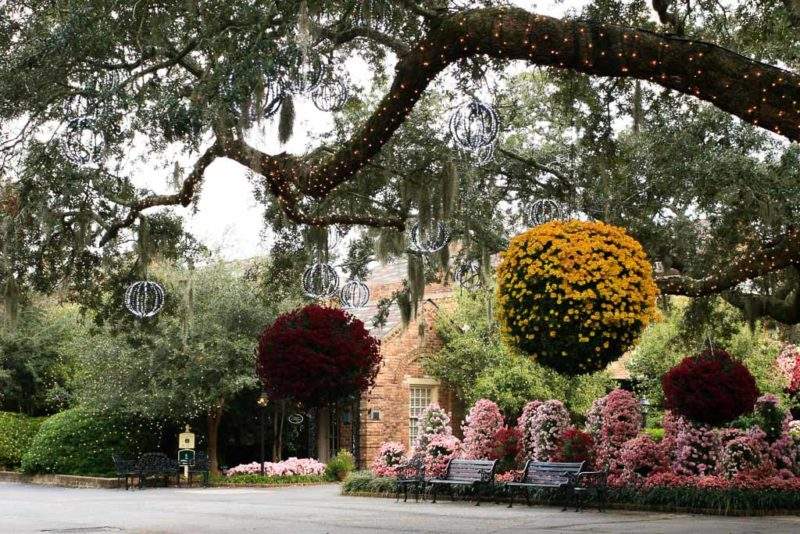
Bellingrath Gardens
The entire 900-acre complex is a bird sanctuary and there is an observation tower overlooking the Fowl River and salt marsh. Although good year-round, …
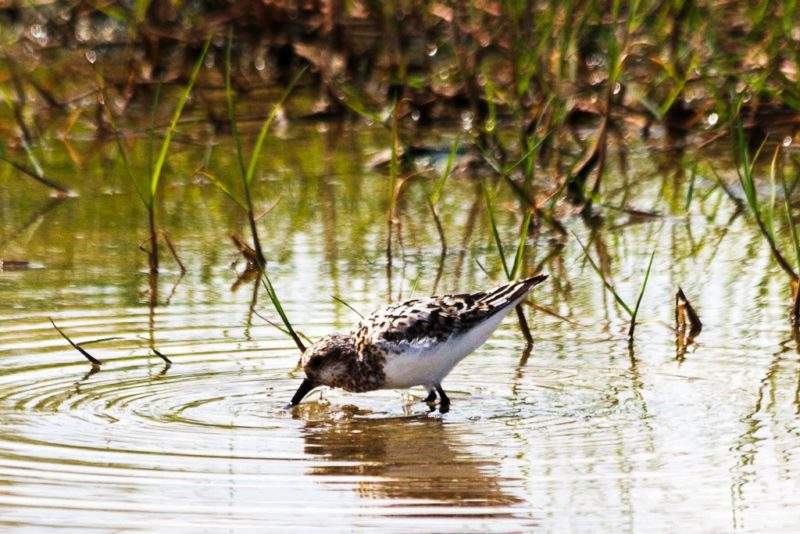
Blakeley Island – North Blakeley Disposal Area
The Mud Lakes on Blakeley Island are well known to Alabama birders as one of the best spots in South Alabama for shorebirds and waterfowl. The Island, …
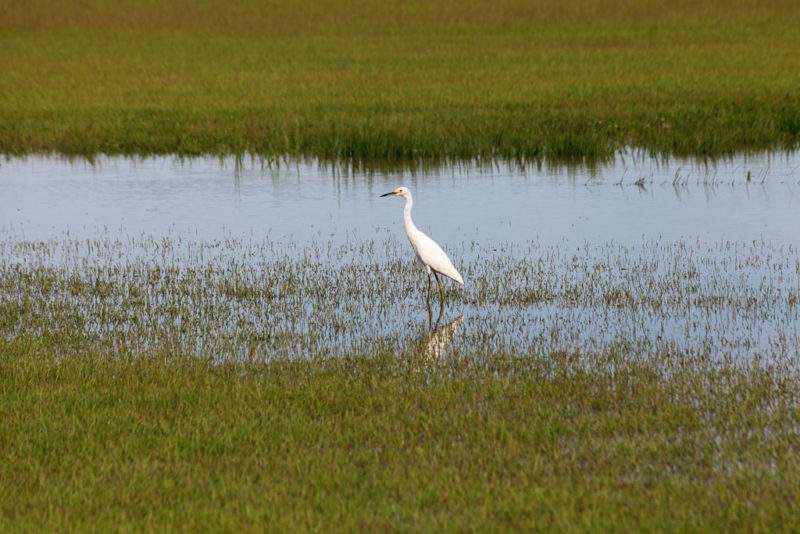
Blakeley Island – South Blakeley Disposal Area
At the top of the dike, scan the large ponds in various stages of management; you must stay on the perimeter dikes. Best areas usually are in the nort …
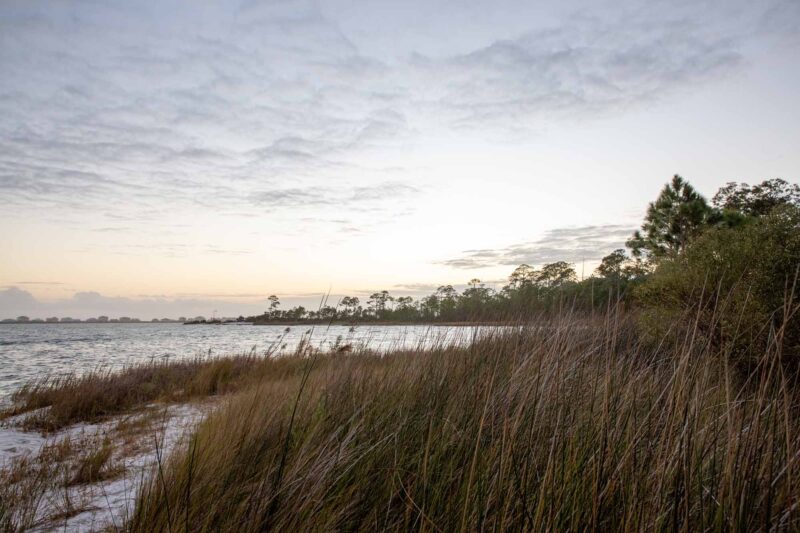
Bon Secour National Wildlife Refuge – Jeff Friend Trail
The Jeff Friend Trail is a one-mile loop to Little Lagoon. Habitats include maritime forest, freshwater marsh and open water along the north shore of …
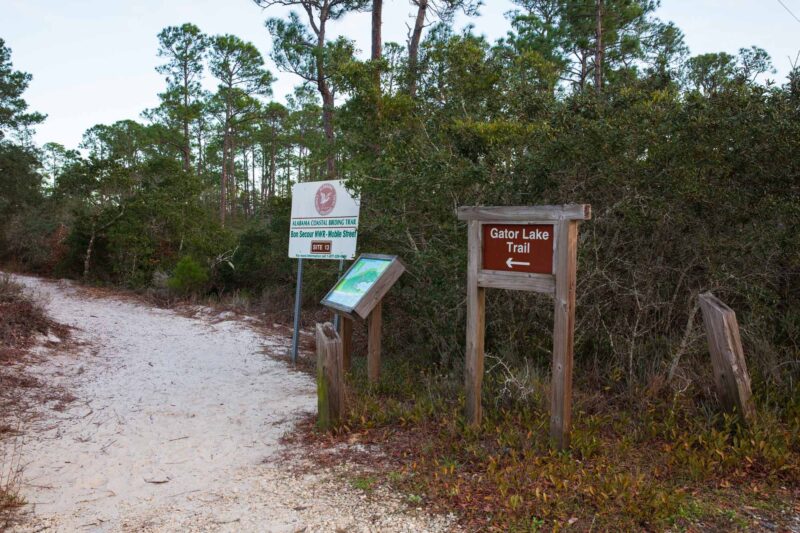
Bon Secour NWR – Mobile Street
Mobile Street is a paved road leading to the beach, with a parking area for the one-mile (each way) Gator Lake Trail, which connects Mobile Street wit …
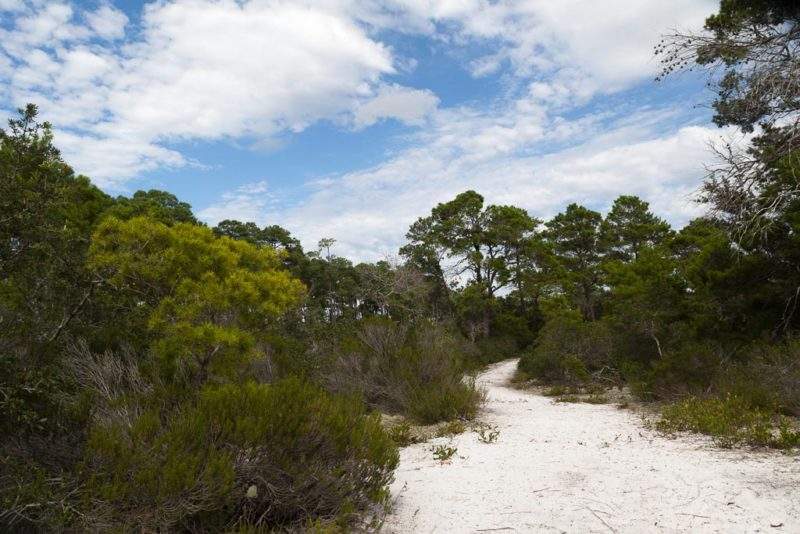
Bon Secour NWR – Pine Beach Trail
At the Pine Beach trailhead stands an interpretive kiosk with trail maps and bird lists. This is a two-mile trail (each way) southeastward to the beac …
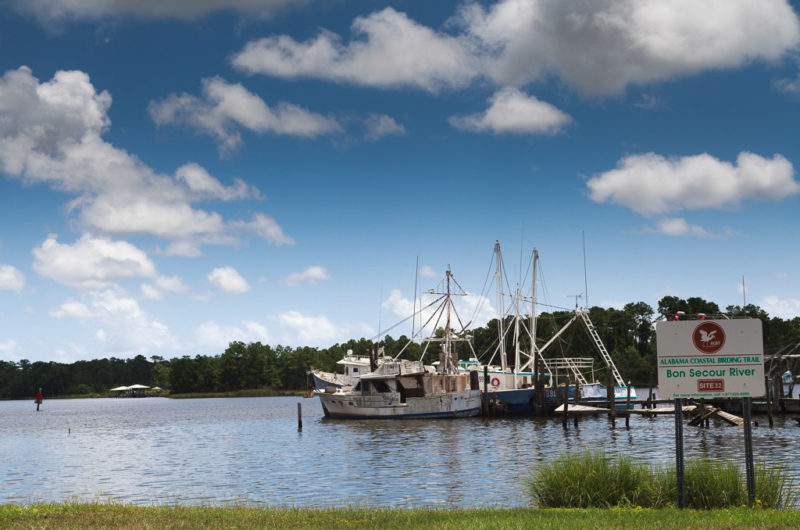
Bon Secour River
Bon Secour Bay is found on the eastern edge of Mobile Bay and provides a protected area for wintering waterfowl and seabirds. Scan the bay and the sma …
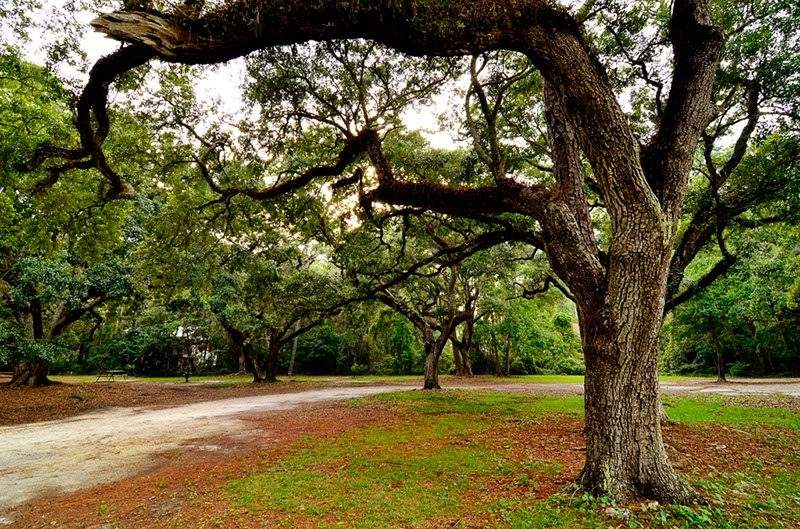
Cadillac Square
Cadillac Square and its complement of old Live Oaks, is a star attraction on Dauphin Island. Migrant warblers and other songbirds may be observed up c …
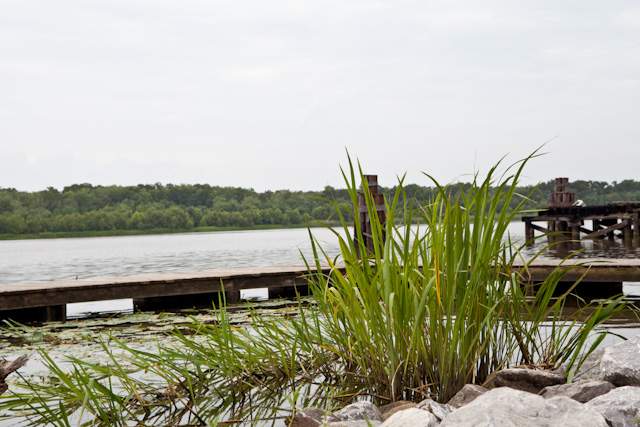
Cliff’s Landing
Cliff’s Landing is one of the best spots in Alabama (south of I-65) to view Swallow-tailed and Mississippi Kites in the spring and summer. Look for ki …
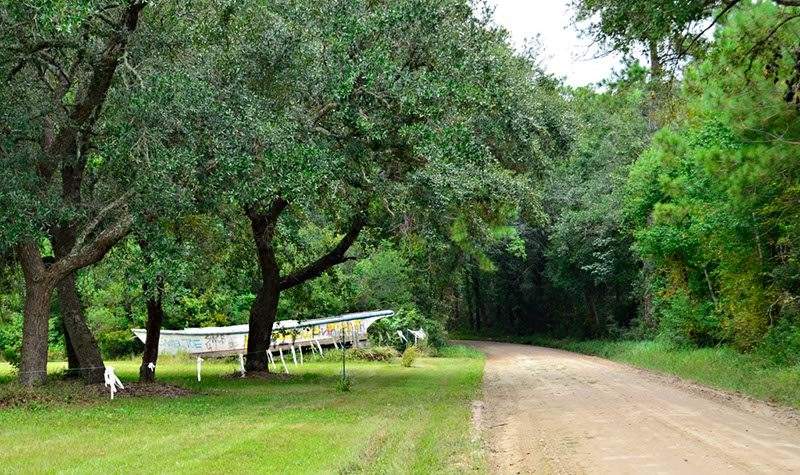
Coden Belt Road
Coden Belt Road provides the gull and tern lover excellent close-up views of these species on the pilings. There will be a few sandbars exposed at low …
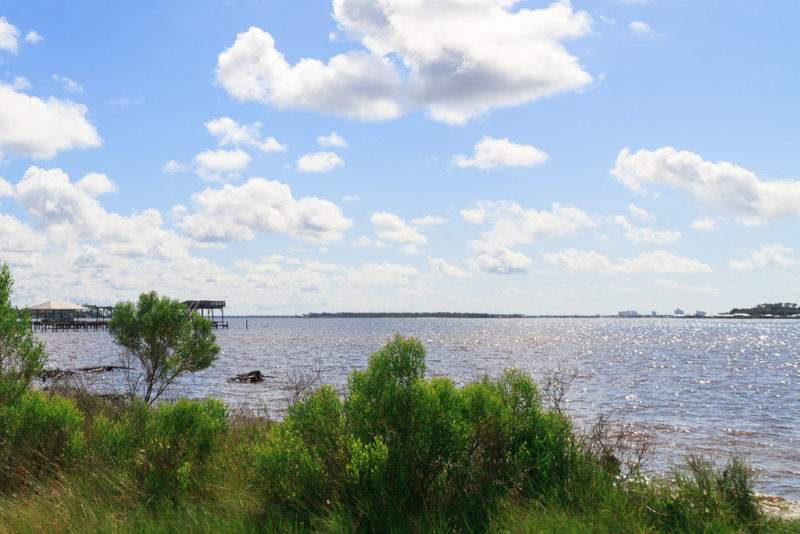
County Road 95 Park / Arnica Bay
County Road 95 Park/Arnica Bay is a small public access point maintained by the county. Various species of wintering waterfowl may be seen. Also look …
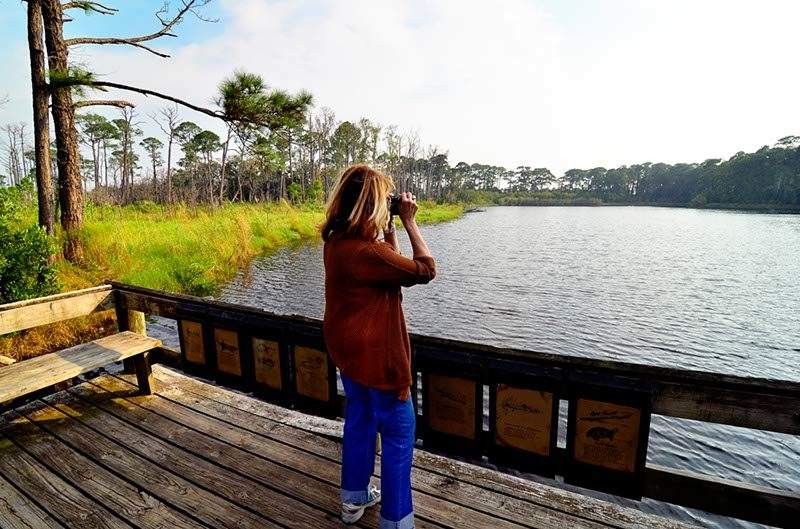
Dauphin Island Bird Sanctuary
The sanctuary consists of 164 acres of largely maritime pine forest with several miles of trails. Passerines prefer the oak grove of the old Banding A …
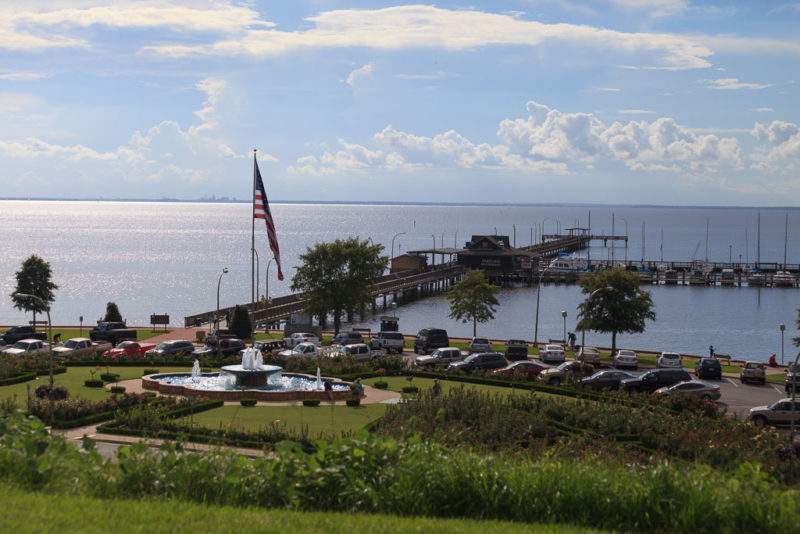
Fairhope Municipal Pier and Beach
Fairhope Municipal Pier and Beach are good places to check for all manner of water-loving birds-gulls, terns, shorebirds and wintering waterfowl.
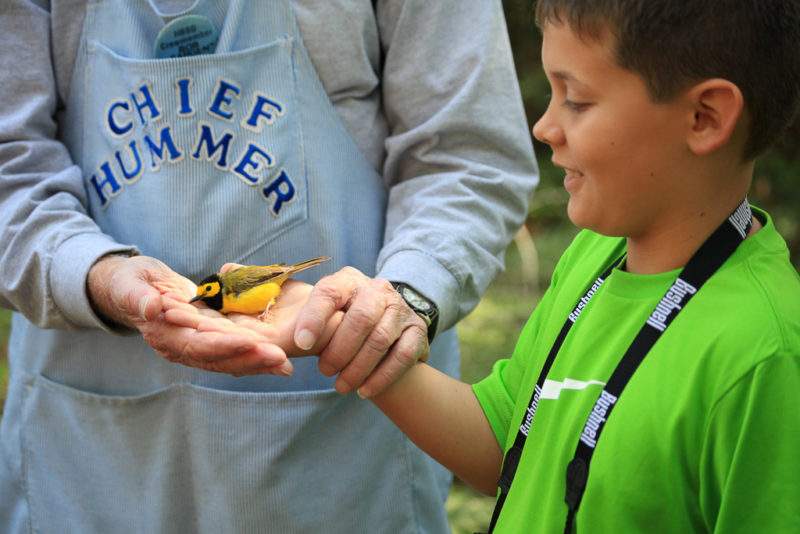
Fort Morgan
Fort Morgan is a classic migrant trap, and a birding paradise when adverse weather during spring migration may cause spectacular “fallouts” of colorfu …
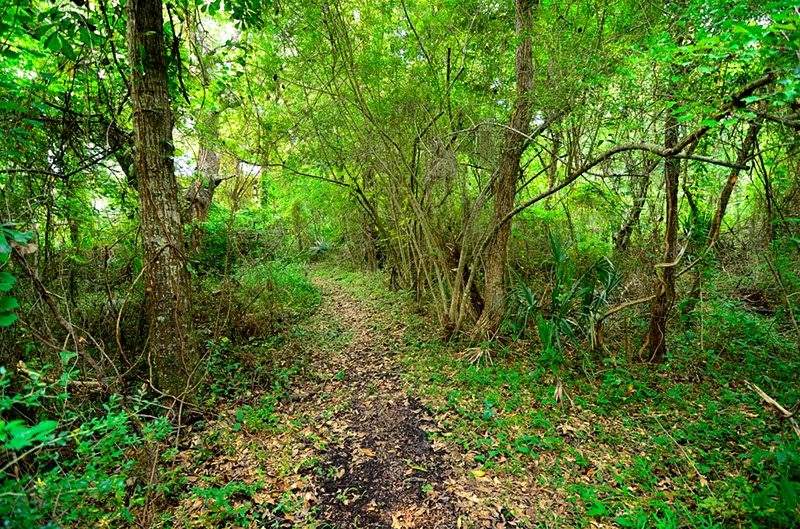
Goat Trees
The storied “Goat Trees” of Dauphin Island no longer shelter goats, but harbor the warblers and other songbirds that pay their twice yearly visits dur …
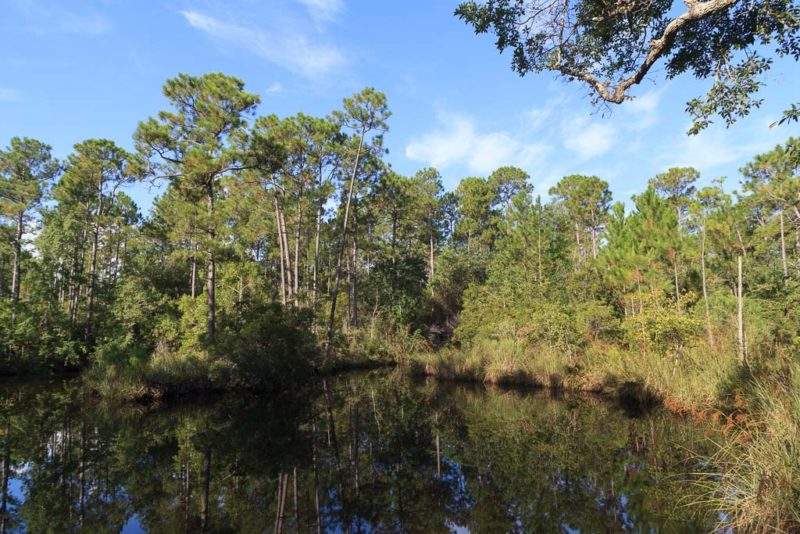
Graham Creek Nature Preserve
Graham Creek Nature Preserve is a 484 acre natural area managed by the City of Foley. In addition to protecting a portion of the Wolf Bay watershed, t …
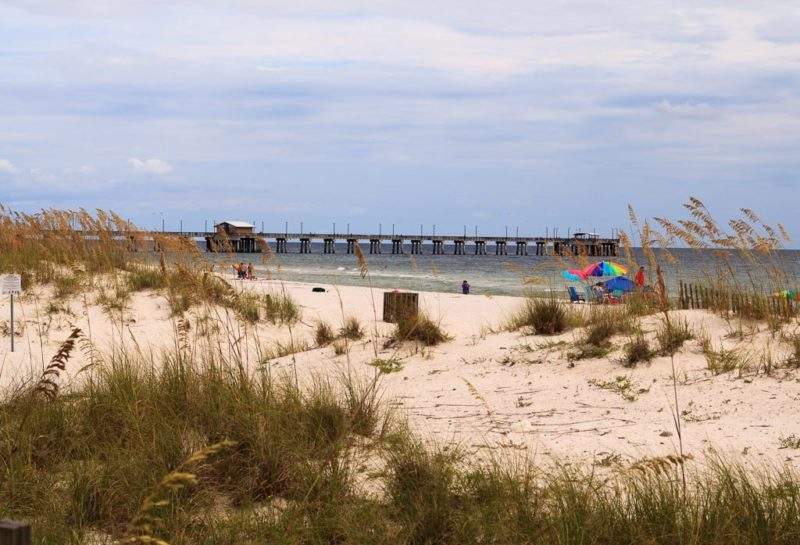
Gulf State Park Fishing Pier
There is a small admission for sightseeing, including birding. The end of the pier is an excellent viewing point for seabirds, especially in winter. P …
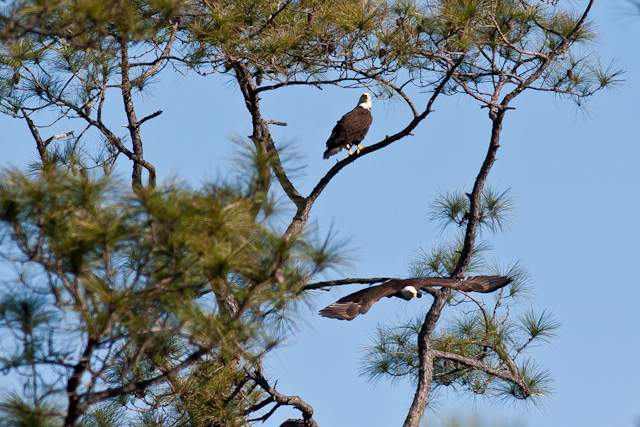
Gulf State Park Nature Center / Education Center
The Gulf State Park Nature Center exhibits plants and animals that are native to the Gulf Coast region. Bird checklists are available and the naturali …
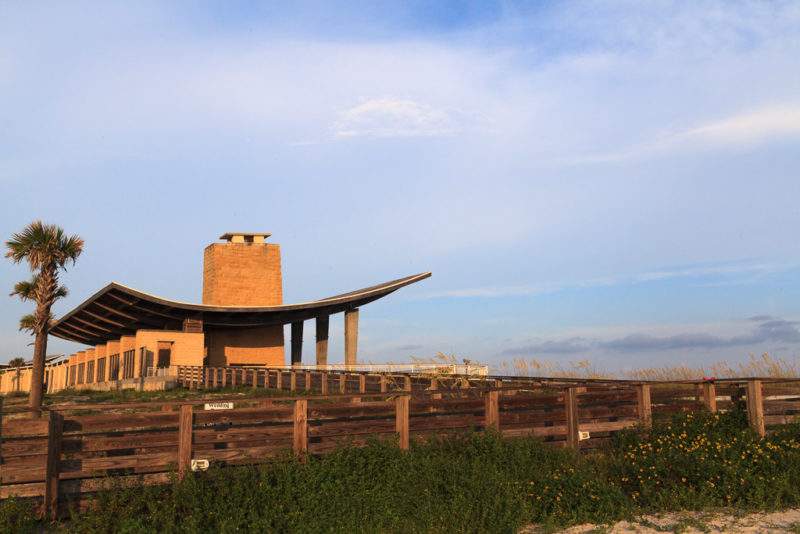
Gulf State Park Pavilion
Gulf State Park Pavilion is a large, covered picnic pavilion with tables and benches, restrooms and water fountains. The pavilion closes at sunset. Th …
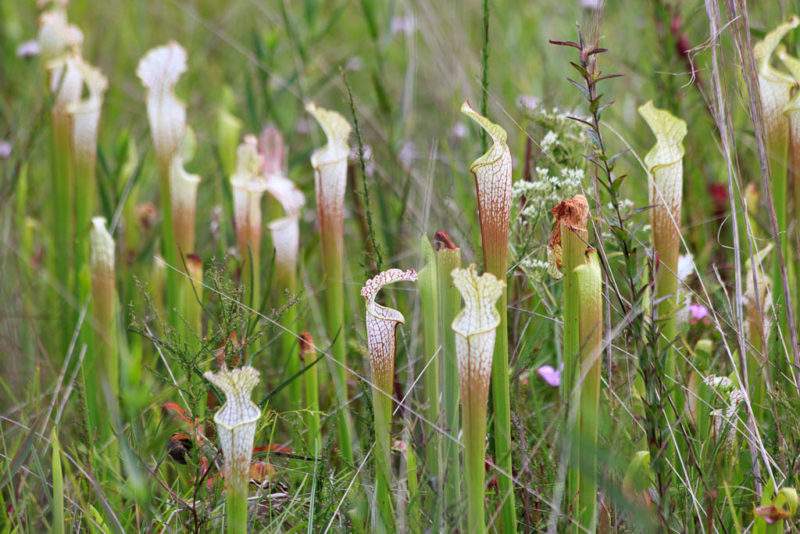
Henderson Camp Road – Grand Bay Savanna Forever Wild Tract
Henderson Camp Road provides the birder with opportunities for observing spring migrants. Swallow-tailed Kites have been seen foraging over freshly cu …
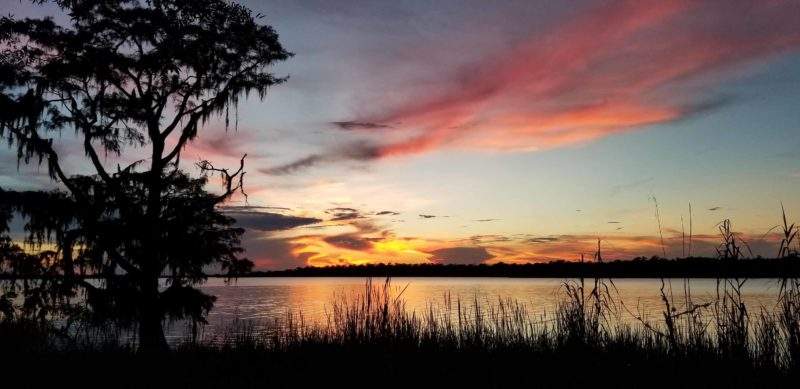
Historic Blakeley State Park
Historic Blakeley State Park offers opportunities to tour a preserved Civil War Battlefield, visit the site of one of the oldest towns in the state, a …
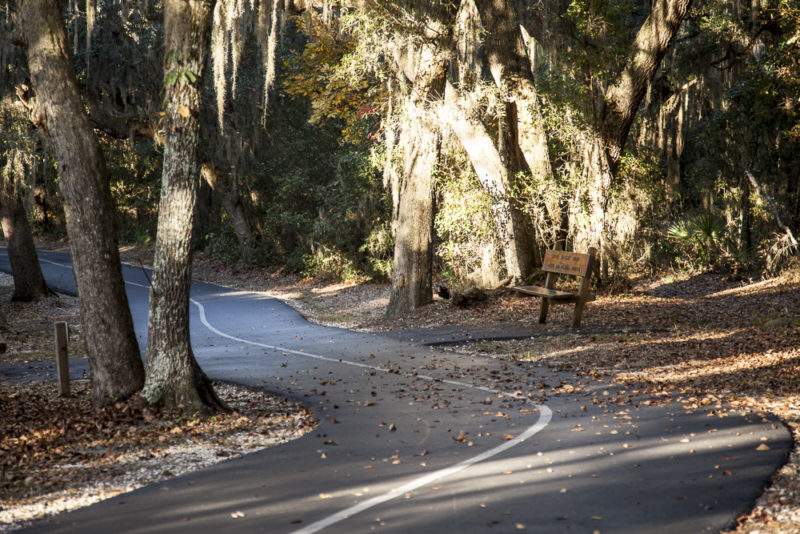
Hugh S Branyon Backcountry Trails
The Hugh S. Branyon Backcountry Trail system was developed cooperatively by the City of Orange Beach and Gulf State Park (Alabama State Parks Division …
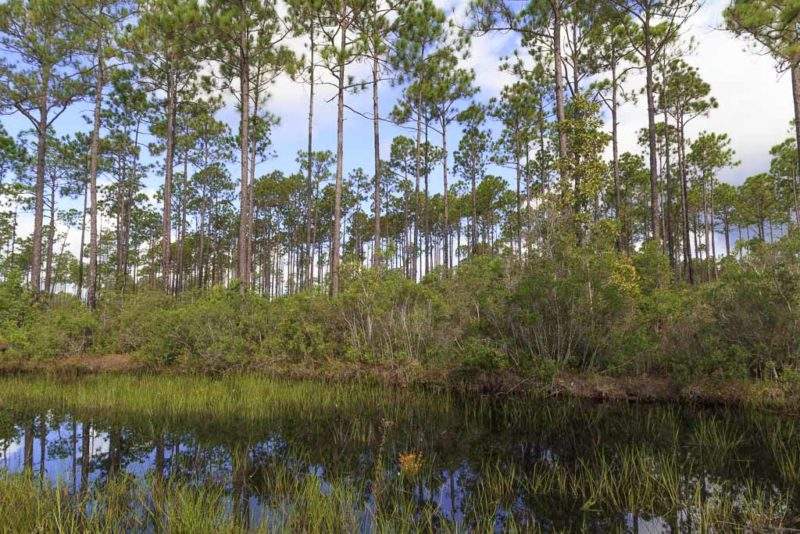
Lillian Swamp Forever Wild Tract
Lillian Swamp encompasses nearly 3,000 acres managed for conservation by the ADCNR State Lands Division and hosts a variety of habitats representative …
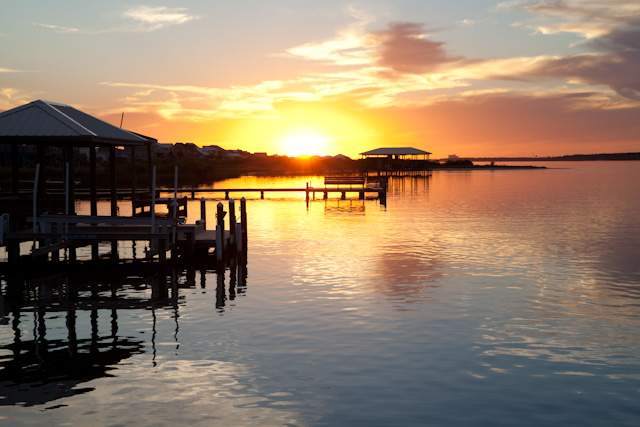
Little Lagoon Pass
Little Lagoon hosts a fair number of shorebirds, gulls, terns, Brown Pelican and, occasionally, American White Pelican. Chances to see rarities increa …
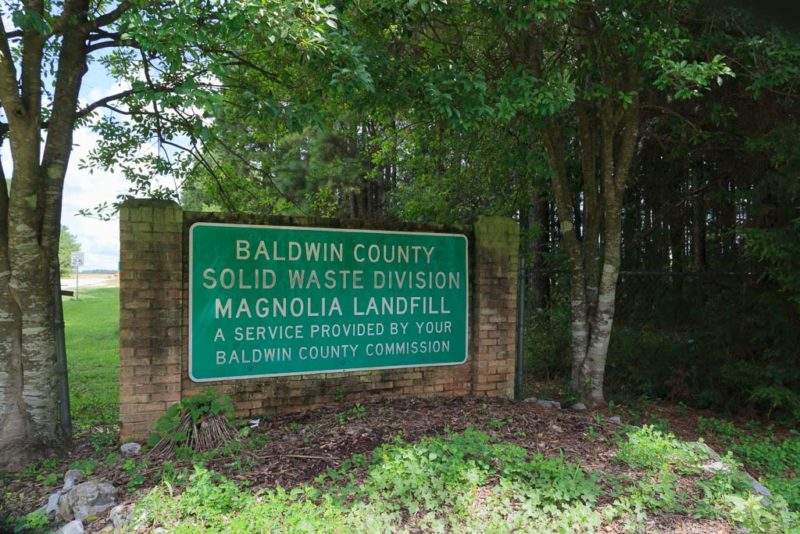
Magnolia Springs Landfill
Magnolia Springs Landfill is a county landfill–ninety-nine percent of the gulls utilizing the landfill in winter are comprised of Laughing, Ring-bill …
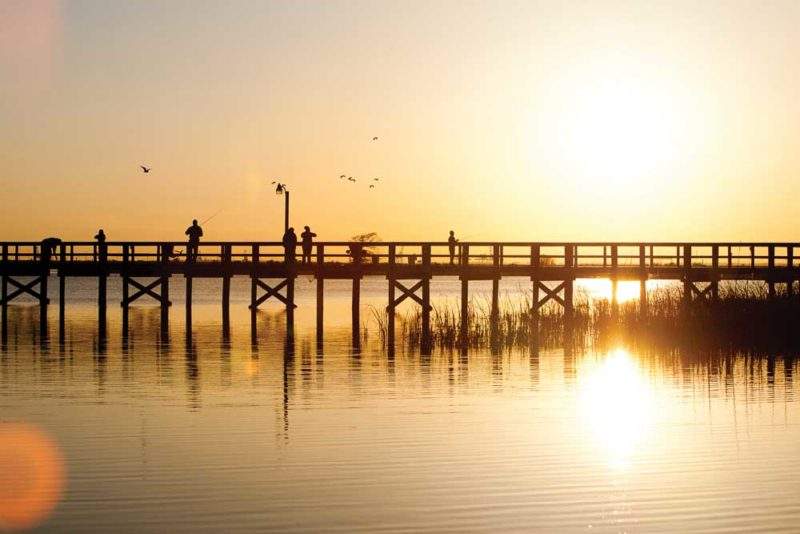
Meaher State Park
Meaher State Park’s 1.327 acres are situated in the wetlands of Mobile Bay. There are two boardwalks that offer the visiting birder an extensive view …
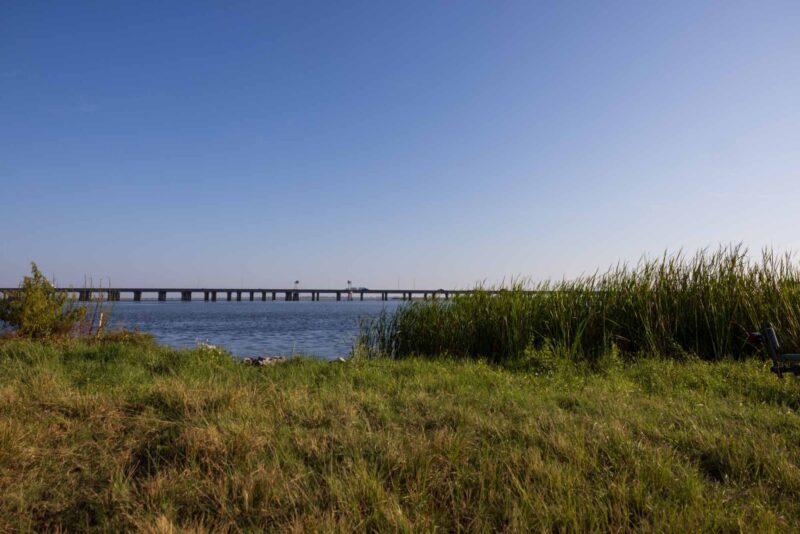
Mobile Bay Mudflats
The best viewing at the Mobile Bay Mudflats is during low tide when the mudflats are exposed. This is a good place to look for herons, egrets and Boat …
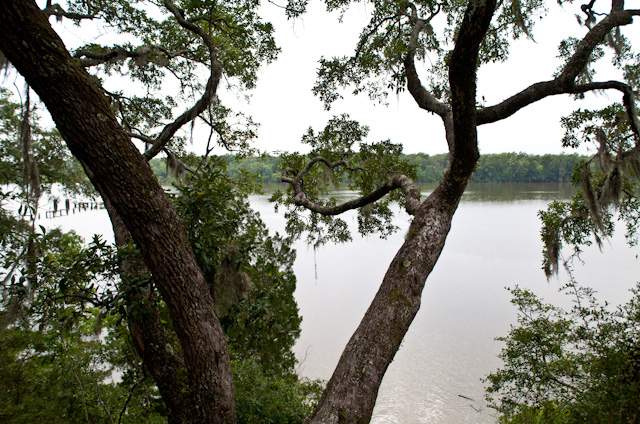
Mobile Tensaw Delta Wildlife Management Area
The Mobile-Tensaw Delta Wildlife Management Area is comprised of a variety of habitats-from flooded hardwood bottoms to freshwater marshes. Red-should …
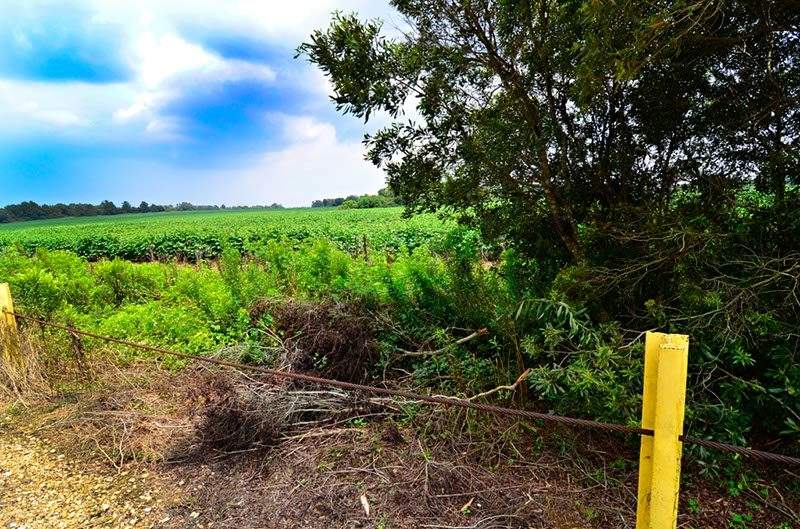
Muddy Creek Wetlands Management Area
Temporary closure … The Muddy Creek Wetlands Management Area consists of 200 acres of restored wetlands and adjacent uplands managed by the Alabama St …
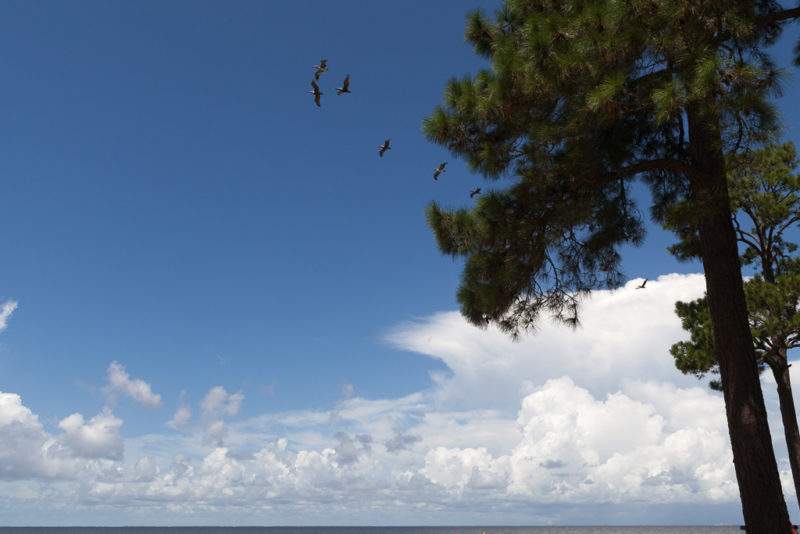
Mullet Point County Park
Mullet Point County Park provides an excellent view of the bay from an elevated perspective. This has been a good site in the winter for waterfowl. Su …
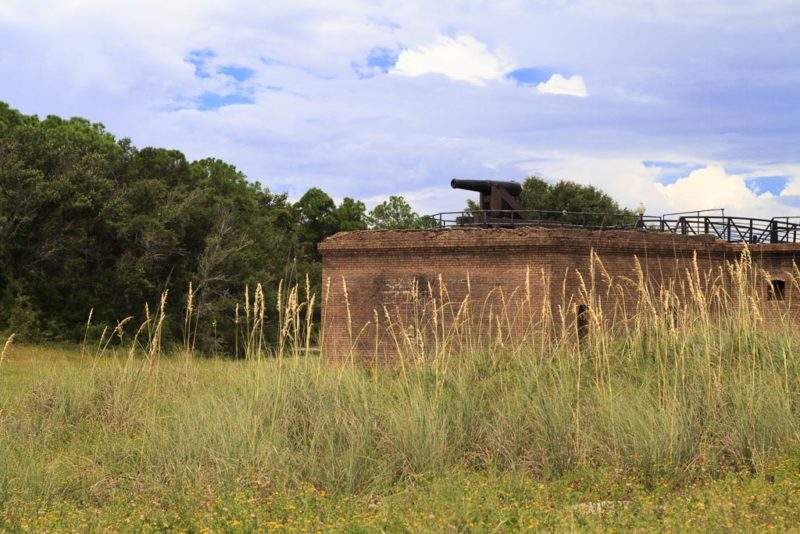
Pelican Point, Dauphin Island
Check the jetties for shorebirds, gulls and terns. Black- bellied Plover and Ruddy Turnstone are common. Marbled Godwit and Red Knot are fairly regula …
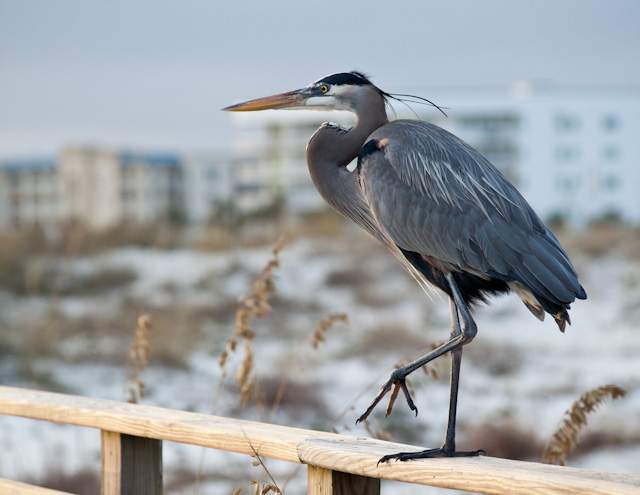
Perdido Pass / Alabama Point – East
Perdido Pass/Alabama Point East is part of Gulf State Park and consists of beach and sea oat habitat where there are opportunities for bird observatio …
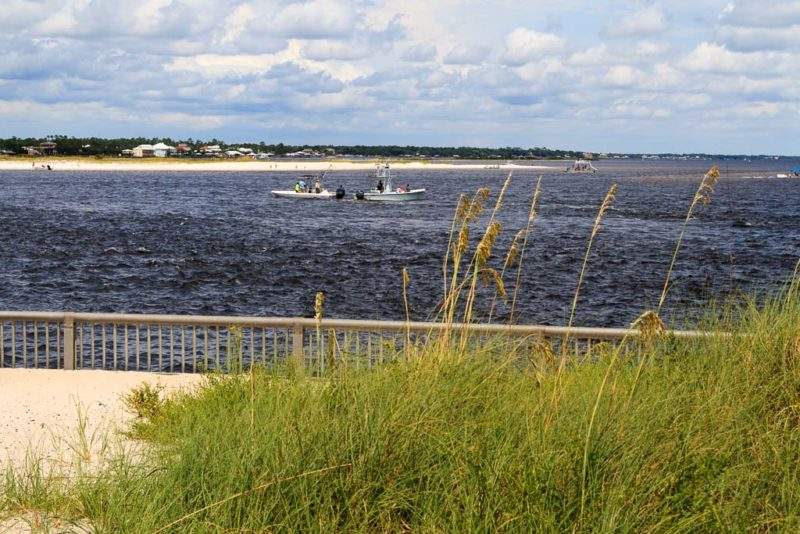
Perdido Pass / Alabama Point – West
At Perdido Pass / Alabama Point-West, rock jetties extend a considerable distance out into the Gulf on this side and can be accessed by walking west a …
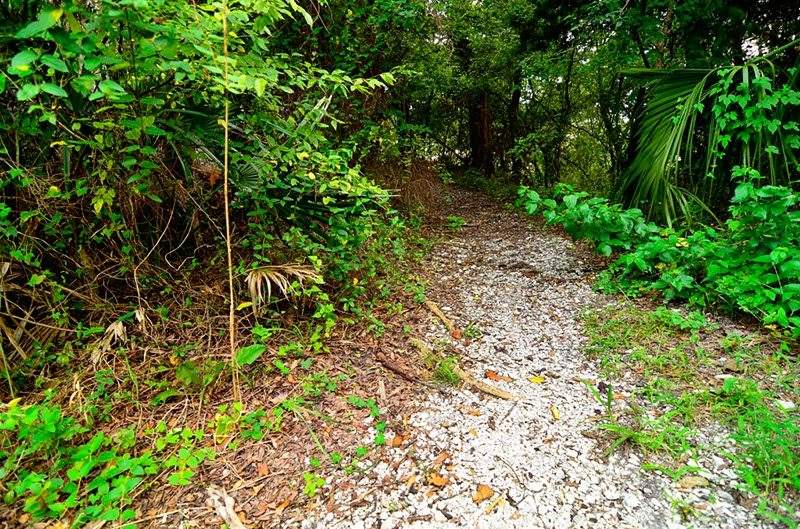
Shell Mound Park
Explore the trails through the mounds, which are ancient Indian shell middens. The ancient live oaks provide the insects and cover that neotropical mi …
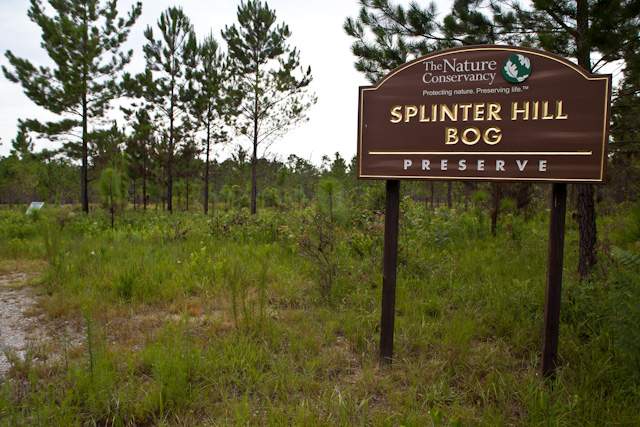
Splinter Hill Bog
Splinter HIll Bog is a diverse and rich ecosystem, characterized by Long leaf Pine and an extensive Pitcher Plant bog. Bachman’s Sparrow, Sedge Wren a …
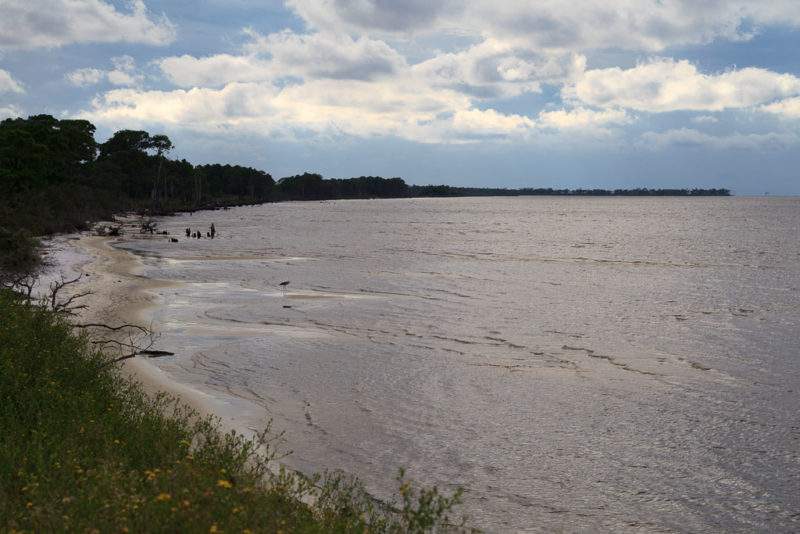
The Pines
The Pines provide the best open view of Bon Secour Bay to the north. If it is a good winter for ducks (cold enough in the North to force them south) t …
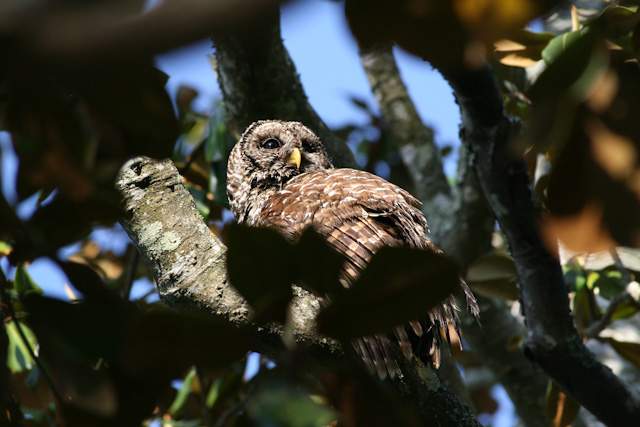
Upper Delta Wildlife Management Area – French’s Lake
French Lake is located on the Clearwater Forever Wild Tract and features an access point into the vast Mobile-Tensaw Delta system via the Bartram Cano …
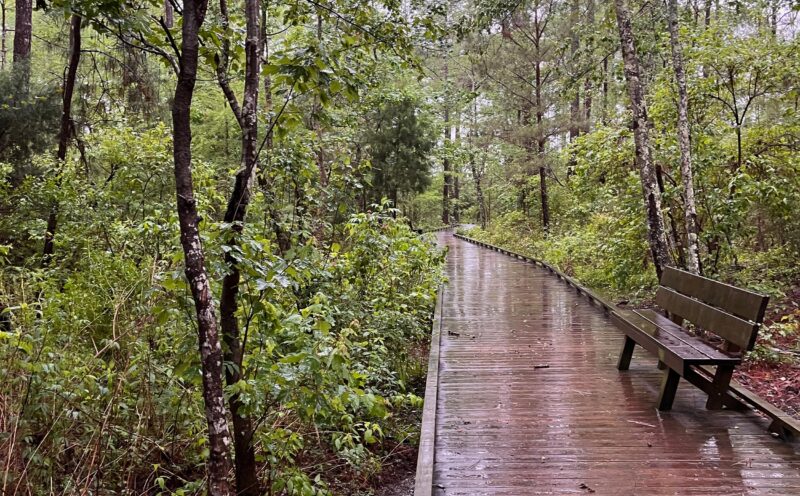
Village Point Park
Village Point Park (70 acres) is the largest park in the city of Daphne and provides the birder with a mixture of habitats-marsh, salt water bay, wood …
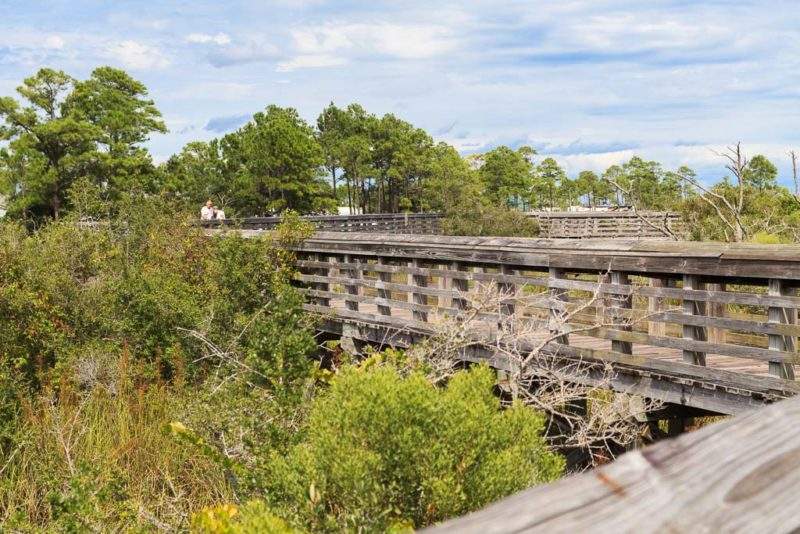
Wade Ward Nature Park
A rarity in the midst of such a vibrant resort city, the 12 acre Wade Ward Park features a pavilion, benches and scenic boardwalks overlooking coastal …
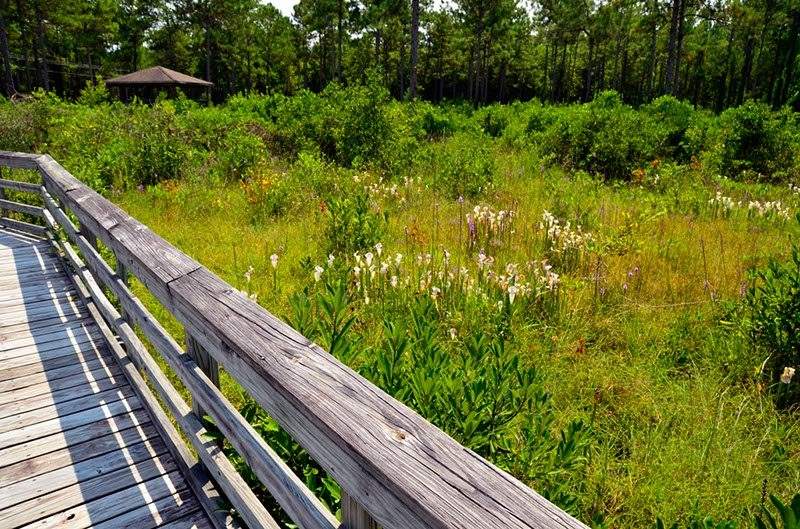
Weeks Bay National Estuarine Research Reserve
The Visitor Center is only a short distance from the highway and provides restrooms, bird checklists and other informative material. Inquire here abou …
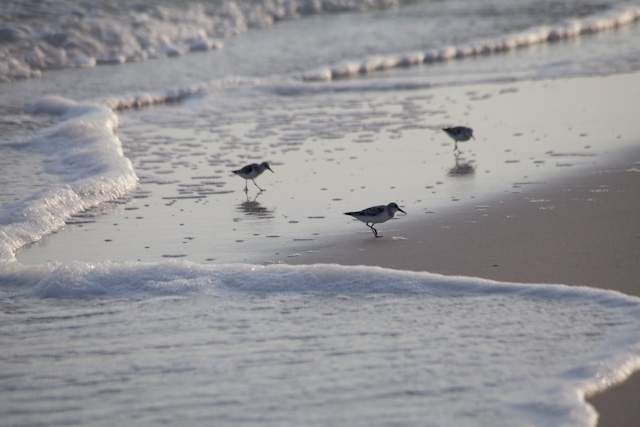
West End Dauphin Island
The West End of Dauphin Island is a birder’s paradise, particularly for shorebirds and other waterbirds. Least Tern, Snowy and Wilson’s Plover use the …
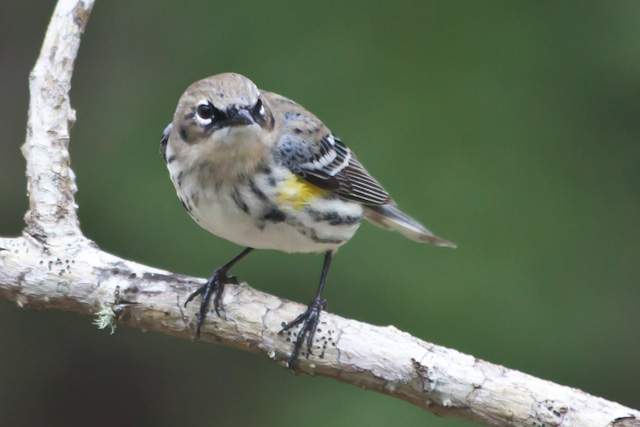
William Brooks Park
The trails at William Brooks Park pass through a variety of habitats ranging from mixed pine-hardwood uplands to forested bottomlands. Look for migran …
